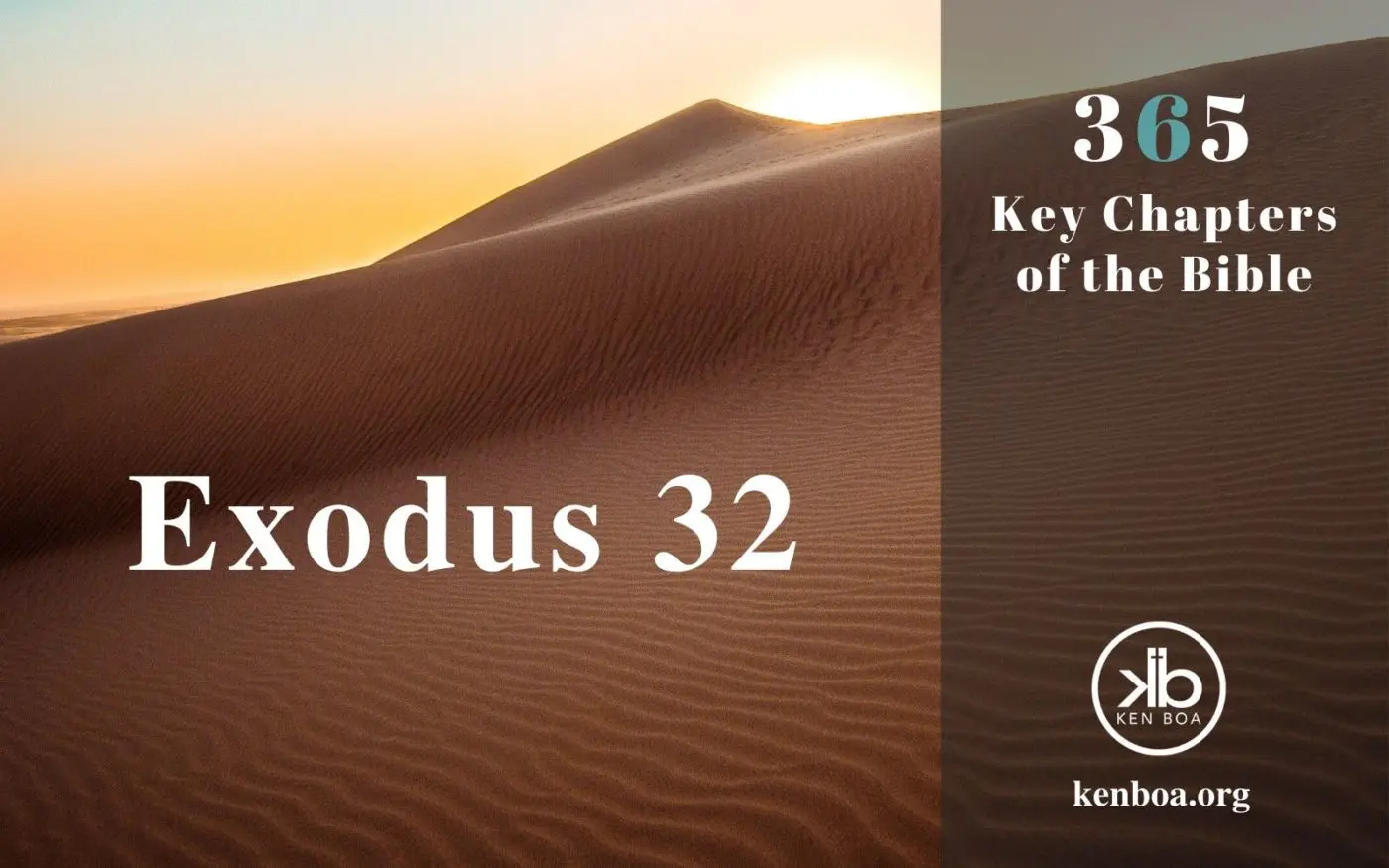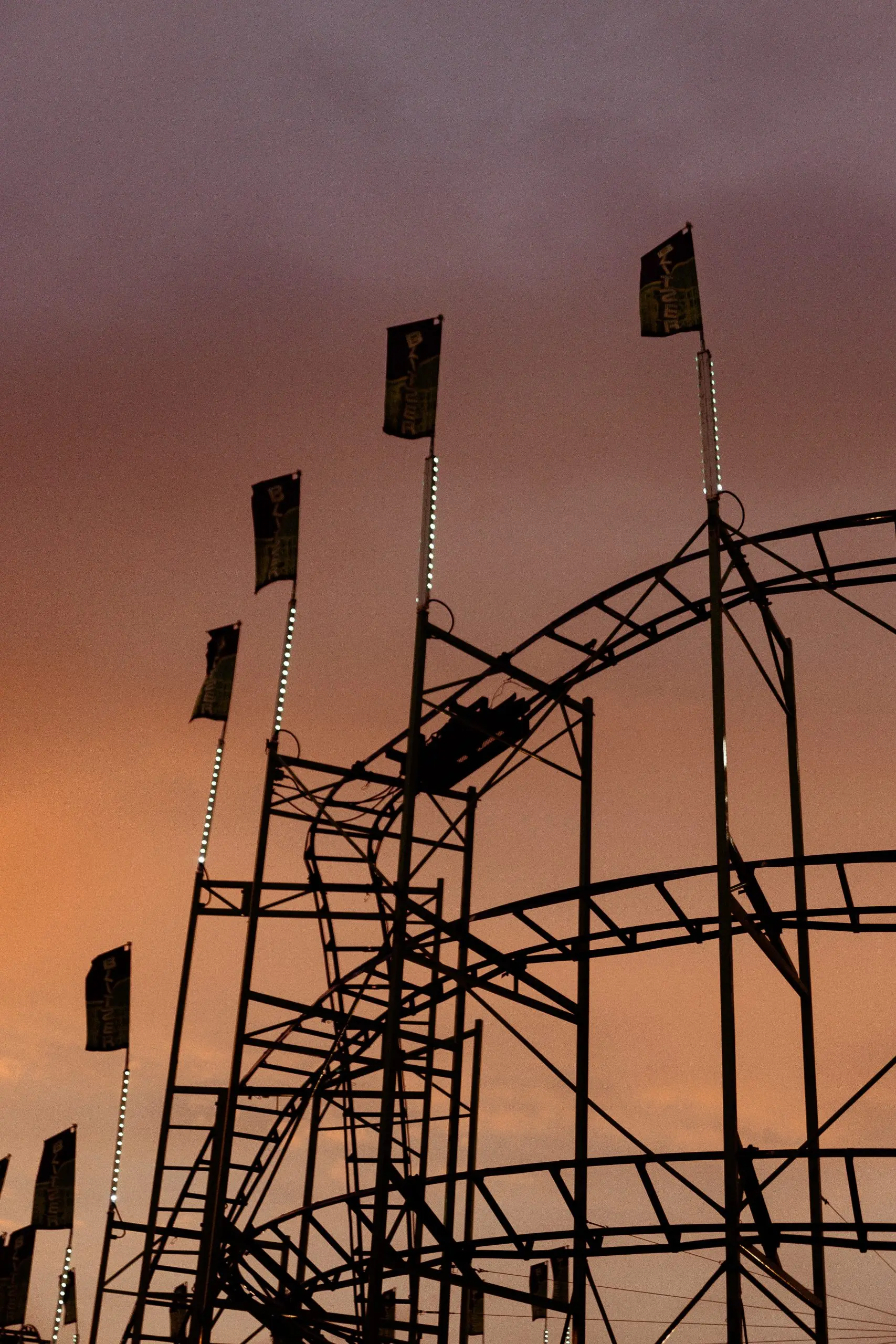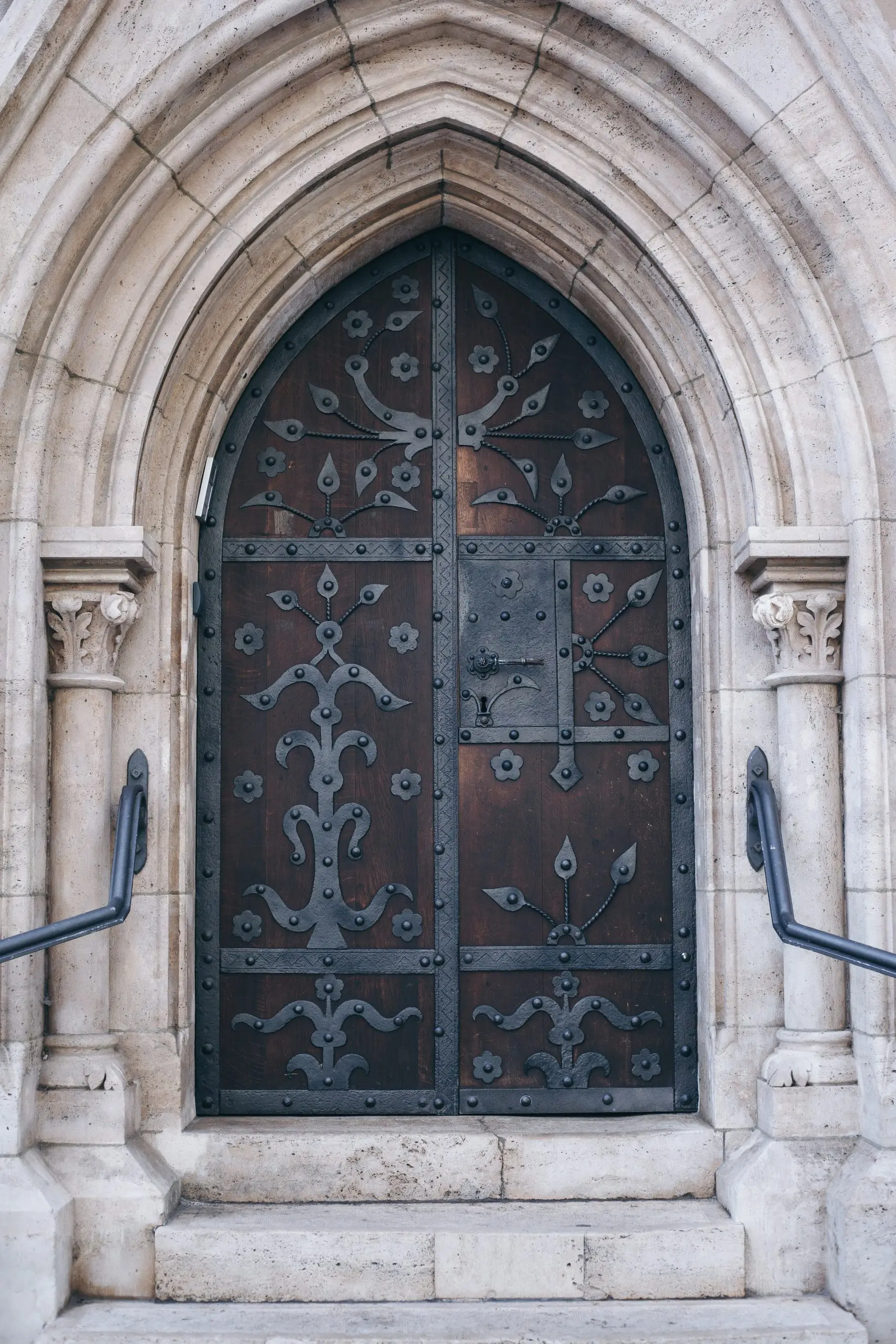It is our human tendency to want the tangible, the quantifiable. We, like the Israelites, grow tired of having a God we cannot see, whose presence we cannot quantify.
In Exodus 32, we read of Israel’s foolishness as they grow weary of this invisible God. Instead of waiting for Moses to come down from Mount Sinai, the people fashion for themselves a visible idol. They disobey the living God, who performed signs and wonders, and choose a god like those of the Egyptians, a god that cannot save.
Because of the Israelites’ sin, Moses intercedes for them, asking for the undeserved grace of God so that the name of God would continue to be glorified. In His great mercy, God chooses to renew the covenant that His people have already broken. This mercy and lovingkindness typifies His relationship with His rebellious and wayward people throughout the rest of Scripture.
All that we see in the Old Testament foreshadows the relationship we experience with God both now and when we are with Him forever. This includes the structure and layout of the tabernacle, which points to God’s holiness and beauty. He dwells in inexpressible glory and power and dominion. We cannot see His face now, just as Moses could not see His face. But Jesus has paved the way for us, and in our resurrected body we will behold the beauty of our God.
Watch part 83 of the 365 Key Chapters of the Bible series, based on Ken’s Handbook to Scripture.



